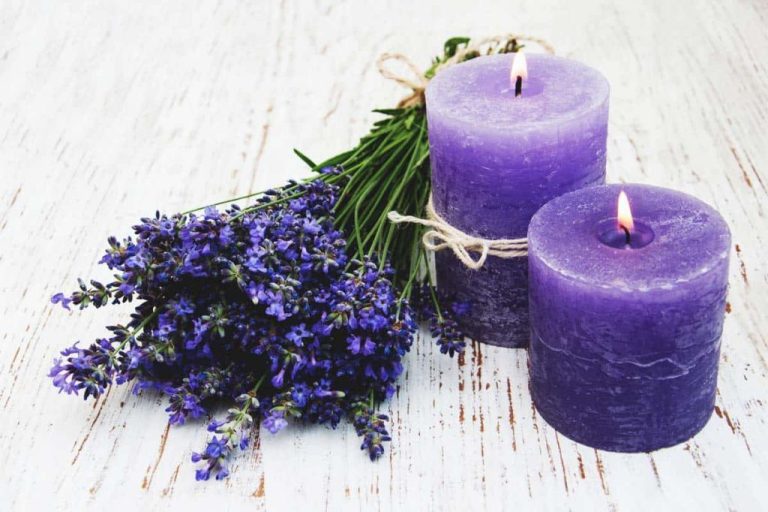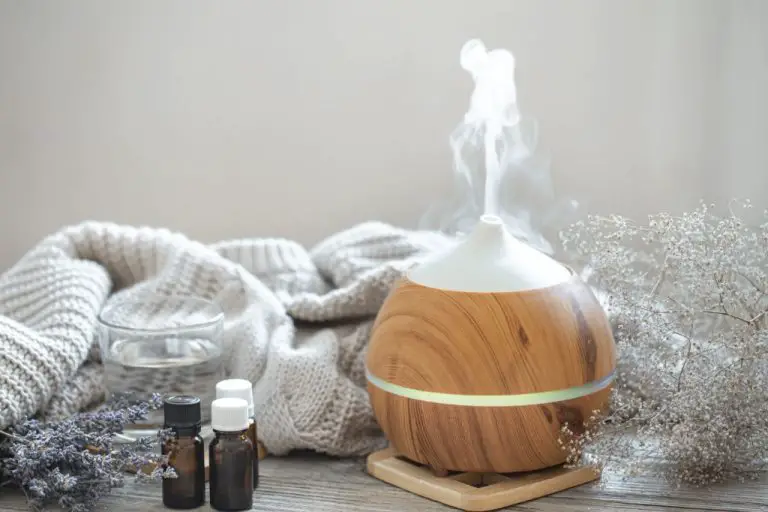Can You Make Candle Scents?
Making your own custom candle scents at home has become increasingly popular in recent years. With homemade candles, you can personalize the fragrance and design to your exact preferences. The process allows you to mix and match a variety of appealing scents to create candles that make your home smell amazing. Beyond being an enjoyable hobby, making scented candles can also be a creative way to make personalized gifts for loved ones or even a small business selling your creations. This guide will walk through the key steps and considerations when making candle scents at home, from choosing your fragrance oils to adding scents to wax and testing your creations.
Benefits of Making Your Own
Making your own candles at home offers many benefits compared to buying pre-made candles. The biggest advantage is the cost savings. Homemade candles cost a fraction of the price of pre-made candles from stores. With just a few inexpensive supplies, you can make multiple candles for the price of buying just one.
Candle making also allows you to express your creativity. You can customize colors, scents, shapes, and designs. It’s fun to experiment with different wax types, wicks, scents, and jars. You have complete control to make candles that reflect your style and preferences.
Homemade candles also offer customization. You can tailor scents to your liking, avoid irritants, and personalize candles as meaningful gifts. It’s easy to mix essential oils and fragrance oils to create signature scents not found in stores.
Supplies Needed
To make your own scented candles at home, you’ll need some basic supplies:
Wax
Candle wax is the main ingredient for candle making and provides the fuel source for the candle. There are many types of wax like paraffin, soy, beeswax, and palm. Each has different properties in terms of melting point, cost, and performance. Popular beginner choices are paraffin and soy wax which can be purchased from candle making retailers like CandleScience (https://www.candlescience.com/equipment/) and Lone Star Candle Supply (https://lonestarcandlesupply.com/candle-making-supplies/candle-making-equipment/).
Wicks
Wicks draw the melted wax up to the top of the candle where it can be burned. Wicks come in different materials, thicknesses, and styles. Matching the wick to the wax type, candle diameter, and desired burn style is important. Most candle kits include pre-tabbed wicks.
Fragrance Oils
Fragrance oils are mixed with wax to provide scent. There are thousands of fragrance choices like fruity, floral, spice, food, and seasonal scents. Use candle-safe oils at recommended concentrations for best results.
Dyes
Liquid or powder dyes can be added to alter the appearance of wax. Use only candle dye to color wax as other types may clog wicks or release harmful fumes.
Containers
Choose containers based on desired style – glass, metal tins, plastic, or ceramics work well. Make sure containers are wide enough to hold wax volume without overflowing and can withstand heat.
Choosing Your Scents
When making your own scented candles at home, you have a few options for adding fragrance. The most common are essential oils and fragrance oils. Essential oils are extracted from plants and capture the natural aroma. Popular options include lavender, lemon, and peppermint. Fragrance oils are synthetic fragrances designed to mimic natural scents or create entirely new ones. They allow for more versatility and stronger scents than essential oils. When selecting your fragrance, consider the notes and mood you want to create. Floral, fruity, herbal, spicy, and woodsy scents are all great options. You can also mix multiple fragrances together for a custom, signature scent. Just be careful not to overdo it with too many competing aromas. According to The Ultimate Guide To Finding the Best Candle Scents for You, mixing complementary scents like lavender and vanilla or pine and cinnamon can make for pleasing, well-rounded candle scents https://tlccandleco.com/blogs/tlc-talks/the-ultimate-guide-to-finding-the-best-candle-scents-for-you.
Scent Combinations
When making your own candles, combining complementary scents can create complex, inviting aromas. Some classic scent pairings include:
- Lavender and eucalyptus – The herbs beautifully balance each other out, with lavender’s floral sweetness and eucalyptus’ cool, crispness (Source).
- Citrus and mint – Bright citrus like orange or grapefruit is lifted by brisk peppermint or spearmint (Source).
- Vanilla and cinnamon – Warm, cozy vanilla is given a spicy twist with cinnamon. Great for holiday candles.
- Pine and cedar – A classic pair for winter candles, evoking crisp evergreens.
- Rose and jasmine – Two gorgeous floral scents that flower together.
You can also match scents to the season. Citrus and ocean scents work for summer. Warm spices, pine, and hearty scents for winter. Florals for spring. Fall scents may include pine, cinnamon, clove, and herbs.
Don’t be afraid to experiment! Unexpected combinations like watermelon and mint can yield wonderful results. Scent mixing is part of the creativity of candle making.
Measuring and Mixing
When making your own candle scents, measuring out the fragrance oils properly is key to achieving the right scent combinations. The typical recommendation is to use 1 ounce of fragrance oil per 1 pound of wax. This equates to about 6-8% fragrance load (the percentage of fragrance oil compared to wax). For stronger scents, you can increase to up to 10-12% fragrance load. Any more than that, and the fragrance may not bind properly with the wax.
When combining multiple fragrance oils, start with small test batches first. Use a scale to carefully measure out the proportions you want to try. For example, for a 12 ounce candle, try starting with 0.5 oz of fragrance A, 0.25 oz of fragrance B, and 0.25 oz fragrance C. Blend the oils together well before adding to the melted wax. Mixing thoroughly will help achieve an even scent distribution.
Keep notes on how much of each fragrance you used and the resulting scent. That way you can tweak the proportions later to get your perfect blend. Let the test candles cure for 1-2 weeks before evaluating the scent so it has time to fully develop.
Adding Scent to Wax
Adding fragrance to candle wax comes towards the end of the candle making process, right before pouring the wax into containers. It’s important to wait until the wax is cooled down to the proper temperature before adding fragrance oils or essential oils – around 150°F-165°F is ideal. Adding oils to wax that is too hot can burn off or alter the aroma.
Dissolve the fragrance oils completely into the wax before mixing – stir gently to incorporate. A good rule of thumb is 1 oz of fragrance oil per 1 lb of wax. Once cooled and scented, the wax is ready to be poured into jars or other containers to make candles. Allow candles to cure for 24-48 hours before lighting to allow oils to fully bind with the wax.
As a tip, it’s smart to test fragrances in small batches first before scenting large amounts of wax. This allows you to perfect the scent strength and make any adjustments.
Citations:
https://www.tiktok.com/discover/adding-scent-to-candle-wax
https://sentence.yourdictionary.com/candle-wax
Testing and Fixing
Once your candles have cooled completely, it’s time to test the scent throw. Light a candle and let it burn for at least 30 minutes before evaluating. Move around the room to smell the candle from different distances and angles. You want to make sure you can clearly smell the scent while standing within 1-2 feet of the candle when it’s burning.
If the scent throw seems weak, there are a few things you can try to improve it:
- Make sure you added enough fragrance oil – Most candles use 6-10% fragrance load for optimal hot throw.
- Stir the wax longer and more vigorously after adding fragrance to help it fully incorporate. Insufficient mixing can reduce scent throw (source).
- Use a larger flame. Wicks that are too small for the jar don’t melt all the wax and limit scent throw.
- Switch wax type. Some waxes like soy wax hold fragrances better than paraffin.
- Try a different fragrance oil that is known for excellent throw.
If the scent is still too light, repeat the process with a higher fragrance percentage like 8-10%. For the strongest hot throw, go up to the maximum usage rate recommended by the supplier. With testing and tweaking, you can find the right balance for each particular scent.
Storing and Curing
After making your scented candles, it’s important to allow the candles to cure before burning them. Curing gives the candle time for the fragrance scent to fully set into the wax. If you don’t allow enough cure time, the fragrance may not burn properly or evenly once you light the candle.
The curing process can take 1-2 weeks for containers candles and 2-4 weeks for pillar candles. During this time, store the candles in a cool, dark place with little airflow. Keeping them covered with a box or lid can help lock in the scent. Low temperatures allow the wax to harden fully while limiting fragrance evaporation.
As the candle cures, the fragrance oil molecules have time to fully bind to the wax. This helps ensure an even, consistent scent throw once burned. Rushing the cure may lead to an uneven scent, tunneling, or diminished hot and cold throws. Patience leads to the best results.
Once cured, do a test burn and sniff the melted wax to check scent strength. If needed, you can add more fragrance oil after the initial cure. But allowing a full 2-4 week cure upfront gives your homemade candles the best shot at having the perfect homemade scent.
Safety Tips
When making candles at home, it’s important to keep safety in mind. Proper ventilation is crucial – make sure to work in a well-ventilated area, avoid breathing in fumes, and don’t burn candles in small enclosed spaces. Wear gloves and long sleeves when handling wax to prevent skin irritation. Never leave melting wax or burning candles unattended. Keep baking soda or a fire extinguisher on hand in case of emergencies. Allow wax and vessels to fully cool before handling to avoid burns. Read and follow all safety instructions for equipment and candle-making supplies. Supervise children at all times. With some basic precautions, you can enjoy making candles safely at home.
Here are some key safety tips to keep in mind (Source):
- Work in a well-ventilated area.
- Avoid breathing in fumes from melting wax.
- Wear gloves and long sleeves when pouring wax.
- Have a fire extinguisher nearby.
- Never leave melting wax or burning candles unattended.
- Keep flammables away from work area.
- Allow wax and vessels to fully cool before handling.
- Keep baking soda on hand to smother flames.
- Carefully follow all safety tips for equipment.
With some basic safety practices, you can enjoy making custom scented candles at home.


